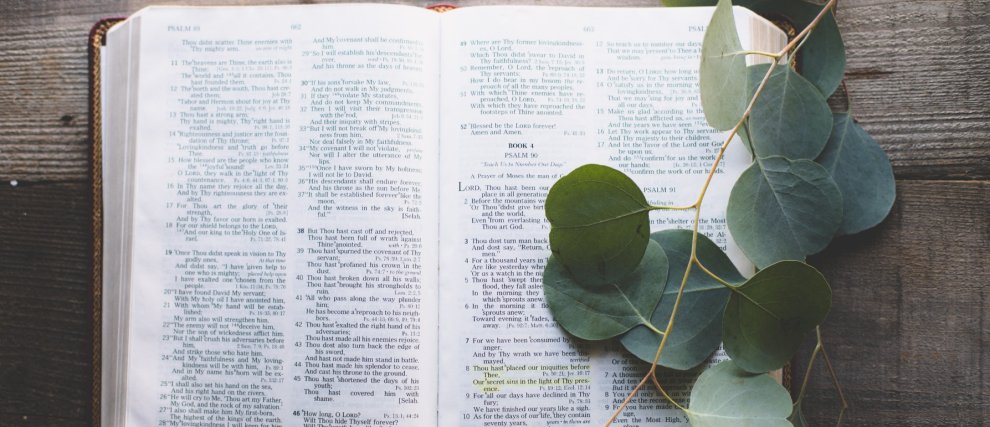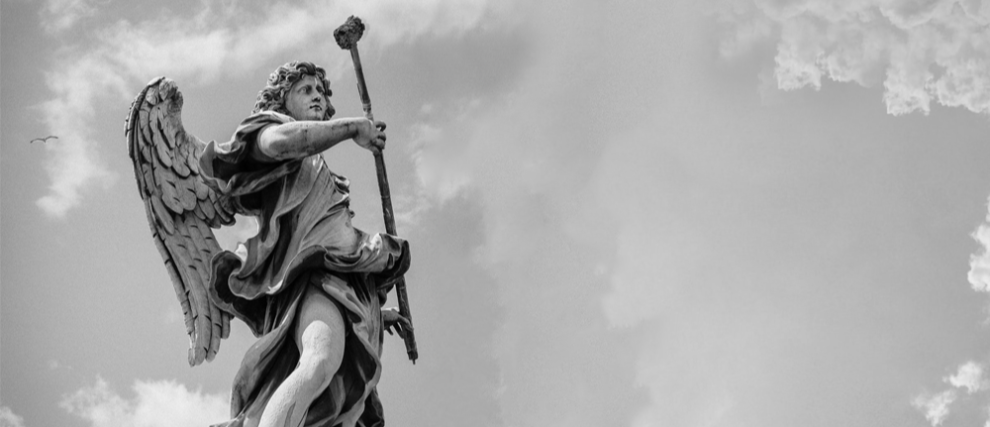The Benedictines
Saint Benedict of Nursia (480-547) was at the origin of the Benedictine Order. Around 530, he established several religious communities in Italy, including that of Monte Cassino in 529. Around 540 he prepared a Rule for the brothers, in order to organize their life and orient their spirituality.
In 594, Saint Gregory the Great was the first biographer of Saint Benedict, whose Rule he also drafted. This Rule served as a common basis for the monasteries, which had not previously been very organized. The Rule of Saint Benedict, although not the oldest, was the one which enjoyed the greatest success. In fact, the monastic tradition was recognized around the Benedictine Rule and gave it its authority and universality. With Charlemagne, all monastic life in Europe was based on the Rule of Saint Benedict, which was thus a common cultural and identity base, which is what earned Saint Benedict the nickname “Father of the monks of the West”.
In the Middle Ages, the Benedictine order was very successful with the nobles and the lords, who made great donations to the monasteries (money, land) in order to redeem their sins through the prayer of the monks. Thus, high places developed, such as the Abbey of Cluny which established a luxurious liturgy, and exerted a strong influence on the surrounding villages. Monastic life expanded, and many monasteries were founded. Gradually, the monks abandoned the manual work entrusted to the brothers. They preferred intellectual work, such as copying manuscripts. They also spend more time in prayer. Thus, the brothers gradually moved away from the ideal of life written by Saint Benedict. At the end of the 11th century, the Benedictine order numbered 1,450 establishments and 10,000 monks. The abbeys became high places of meetings between the leaders of the Middle Ages.
Great personalities would mark the Benedictine order. In the 12th century, Saint Bernard of Clairvaux gave new impetus to the order, which reached its peak with 100,000 monasteries in Europe. This was the time when all the great religious orders that we know today were born: the premonstrations with Saint Norbert, the Franciscans and the Clares with Saint Francis of Assisi and Saint Clare, the Dominicans with Saint Dominic, the Carthusians with Saint Bruno and the Carmelites. The Cistercian Order, also known as the Trappist Order, was founded in 1098, and follows the Rule of Saint Benedict, also part of the Benedictine family.
The Benedictine Order Today
The life of the Benedictine monks
Praying, reading and working are the three words that best describe the life of a Benedictine monk. Indeed, the motto “ora et labora” (prayer and work) is often applied to the order. To that, we must add reading, which also holds a central place. The monks therefore divide their daily activities into:
- The times of prayer: Saint Benedict asks in his Rule “that nothing be preferred over the work of God.” Brothers have times of personal prayer, this is what is called contemplative. Community prayer occupies a great place: in addition to the celebration of the Eucharist in the middle of the day, the brothers gather at the choir seven times a day for liturgical prayers (Vigils of the night, Lauds, Prayers of the Hours of Terce, Sext and None, Vespers, Complines)
- The Lectio Divina: in-depth reading, the meditation and the study of the Word of God. The brothers also study the Tradition of the Church, the Fathers of the Church, the lives of saints.
- Work: in his rule, Saint Benedict explains that “idleness is the enemy of the soul.” Indeed, the work is necessary and very valuable for many reasons. First of all, work is the will of God for man and in this it contributes to the personal equilibrium of each one: work allows the monks, who live in solitude, to invest in a useful activity. Moreover, the work of the monks allows the monastery to survive: the brothers do all the necessary work for the monastery as far as possible. In addition, brothers with artistic talents are invited to make use of them.
The Benedictine Order in the World
The Order of St. Benedict or Order of Benedictines today has 8,000 monks and 16,000 nuns, established all over the world. The many Benedictine congregations in the world are grouped into a Confederation, headed by an Abbot Primate, elected by all the Benedictine abbots of the world and based in Rome. The Confederation currently has 22 male congregations and 61 congregations and federations of nuns and sisters in 840 abbeys and other female monasteries.
Moreover, the Benedictine family also includes the Benedictine Oblates: they are lay men and women who share the ideal of Benedictine life and unite with the monastery through specific prayers. They put at the heart of their lives, where the Lord has placed them, Christian perfection, aided by the rule of Saint Benedict.
The main Benedictine congregations present in France today are: the Solesmes congregation, the Subiaco congregation and the Mont-Olivet congregation, each of which has several Benedictine abbeys.

